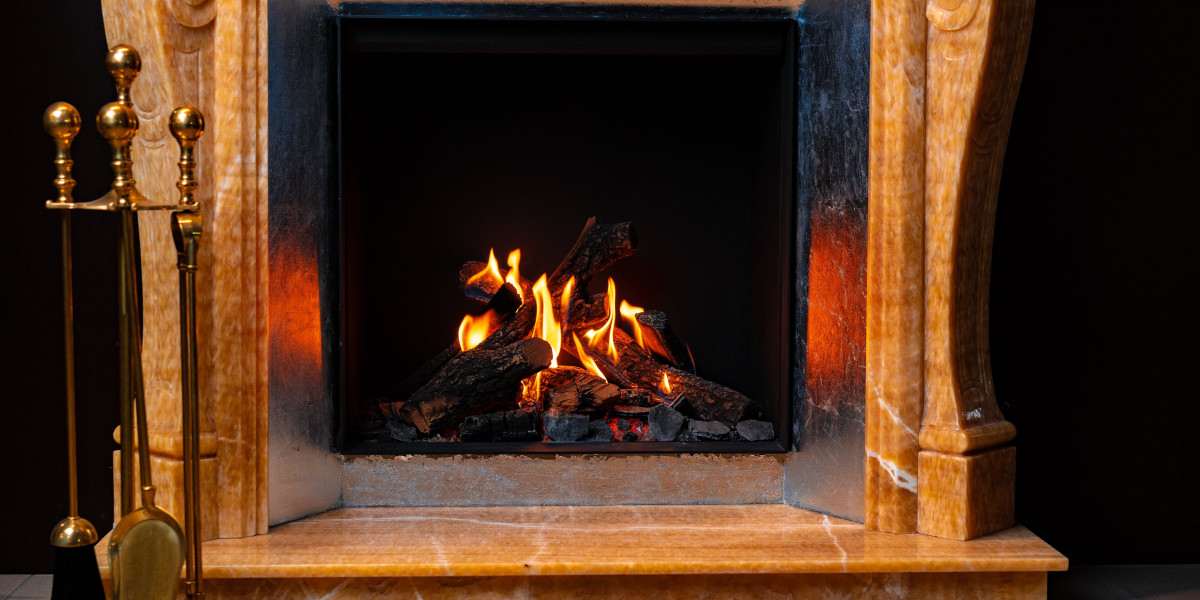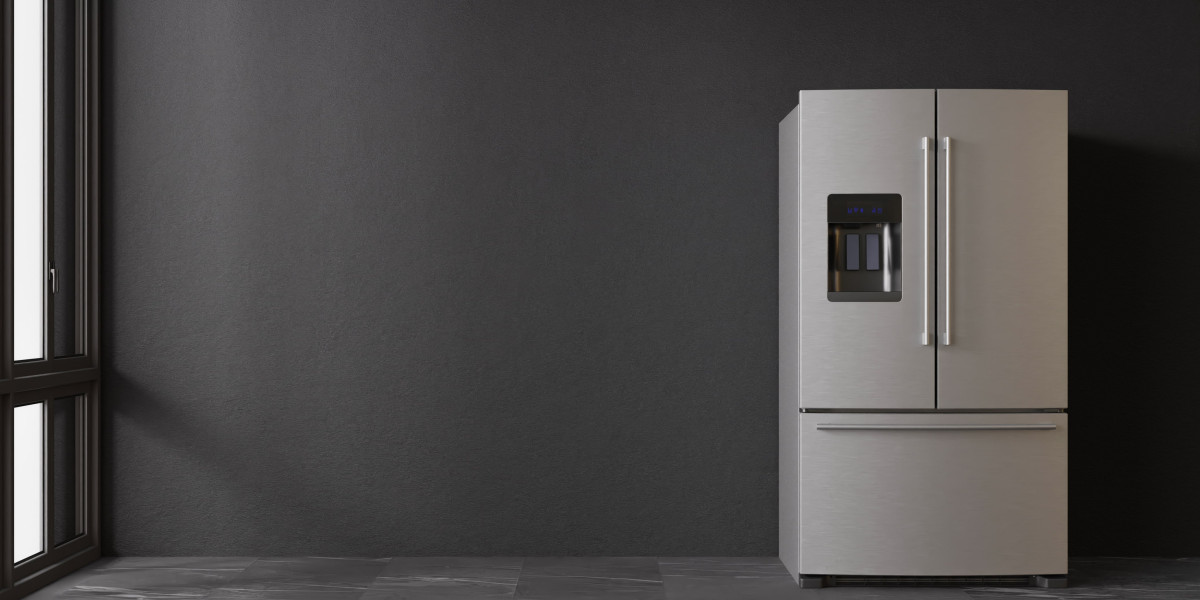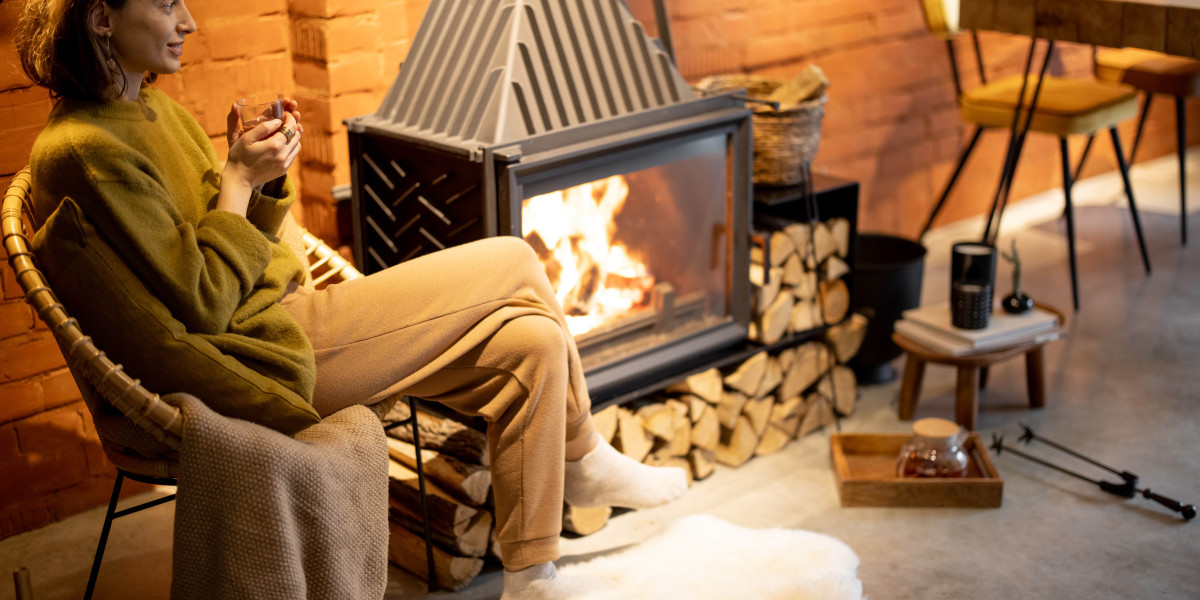Wood stoves, unlike traditional open fireplaces, are engineered to burn wood. This allows them to comply with stricter emission regulations.
Wood burning stoves produce dancing yellow flames and cosy crackling noises. They also give you a primal feeling of warmth. The smoke produced contains toxic air pollutants like formaldehyde, benzene, and polycyclic aromatic hydrocarbons.
Efficient
Fireplaces and stoves that burn wood offer a stunning and natural heat to your home, and they are extremely efficient. A good quality wood burner can be able to achieve an Ecodesign rating of as high as 77%. It is crucial to get the most value of your wood burner, especially with rising energy costs. The good news is that it's much easier than ever to do!
One of the most important factors in the effectiveness of a wood burning stove is will be the water content of the wood. We recommend using only well-seasoned wood that has been dried over a period of at least one year and in some cases, two years. The more dry the wood, the more efficiently it burns, which results in less smoke and harmful emissions.
A wood burning stove is an environmentally friendly fuel source, which is good for the environment. If you buy locally-sourced wood, you can also help to support the active management and conservation of forests. This is beneficial for wildlife.
In terms of maintenance involved, the sole requirement of a wood burner is to regularly take out and dispose of the ash. This can be a little bit of a hassle, but it is worth it to ensure you get the maximum heat from each and every log. Additionally that if you wait a couple of days until the ashes completely cool they can be used as a non-toxic and eco-friendly ice melt. They can be used to polish jewelry and also absorb smells.
A fireplace with a wood burner is a timeless classic. Although they're less popular than gas fires however, there's no denying the beauty and appeal of a warm log fire. These fires are great to cuddle in on cold winter nights, and create a warm and welcoming space within your home. Investing in a high-quality wood stove will pay off for a long time. Our chimney sweeps are on hand to assist you in getting the most from your stove - give us a call today to learn more.
Low Carbon
Wood burners that are efficient and clean are the most efficient option to save money while keeping your house warm. Additionally, they also aid in local woodland management, a great way of supporting the wildlife that lives in your local environment.
Wood-burning fireplaces and stoves create very little pollution if they are properly maintained and are used with dry, seasoned firewood. However, if they are not maintained well or used with poor quality wood the smoke generated by them contains fine particles (known as particulate pollution) that can cause irritation to the lung and other organs. Carbon monoxide, air pollutants that are toxic such as benzene and formaldehyde and polycyclic aromatic hydrocarbons are also present. Inhaling air pollution can cause irritation of the lung and trigger asthma attacks, wheezing, coughing and lung irritation. It may also cause cancer, heart disease or premature death.
Many people are concerned that using a wood burning stove could contribute to climate change however this isn't necessarily the case. Wood burning produces energy that is carbon-neutral. The wood absorbs carbon dioxide throughout its lifespan. When burned the carbon dioxide is released into the atmosphere.
Since the wood is sourced locally this decreases the amount of pollution emitted when it is transported. It is crucial to choose hardwoods that are seasoned and of high quality. They will burn longer and more evenly than softwoods.
Modern, EPA certified wood stoves and heaters (such as those made by Charlton & Jenrick) have significantly lower emissions than older stoves. They are certified to meet 2020 EPA standards, which are considerably more stringent than the previous emission limits.
All wood-burning stoves must be fully vented to the outside of your home to ensure that they don't create a haze of exhaust inside your home. All our current DEFRA-exempt and clean burn stoves can produce very clear exhaust by keeping the flames in the vicinity of the wood logs and by using dry well-seasoned, clean firewood.
A wood-burning stove equipped with an integrated unit or catalytic converter could be the most efficient low carbon heating option. These units re-ignite the gasses and particulates from the initial combustion in a second stage by mixing them with superheated air. They then funnel the remaining gasses and particulates through a catalytic combustor to create an additional and final combustion, decreasing emissions to levels that is well below the government standards.
Clean Burn
Cleanburn wood stoves are made to burn fuel with the best efficiency that is possible. This results in the emission of a small amount of particles into the air when burning wood. The air management system of the stove controls the intake and venting of gases to ensure the combustion process takes place in a controlled and sealed environment. It also regulates the flame's height to minimize emissions and increase heat output.
This means that your chimney and surrounding area will be much cleaner than older stoves. Particulate matter, also known as particle pollution, from wood that is not properly burned can cause respiratory issues, like wheezing and coughing, and contribute to heart diseases, stroke, diabetes, and other serious conditions. Wood burning also contributes to poor air quality in cities.
 The smoke from poorly combusted wood is a mixture of fine particulate pollution and hazardous air pollutants, including carbon monoxide, volatile organic compounds, nitrogen oxides, benzene, formaldehyde, and polycyclic aromatic hydrocarbons. These particles can get into the lungs and other organs, causing discomfort and injury, and even death. Airborne dust can also harm the surfaces in your home and give a gritty feel to rooms.
The smoke from poorly combusted wood is a mixture of fine particulate pollution and hazardous air pollutants, including carbon monoxide, volatile organic compounds, nitrogen oxides, benzene, formaldehyde, and polycyclic aromatic hydrocarbons. These particles can get into the lungs and other organs, causing discomfort and injury, and even death. Airborne dust can also harm the surfaces in your home and give a gritty feel to rooms.If you're using a fireplace with wood burning, it's important to only make use of high-quality firewood that has been dried and seasoned. dried. The most efficient woods for heating are hardwoods such as beech, oak and ash. Hardwoods have a high density and BTU content and they provide more heat than softwoods.
Contact your local authority to see if they have any rules concerning wood burning. These could include nuisance/odor regulations and visible emissions or opacity limits for smoke.
It is crucial to keep the glass of a wood stove with an open front that is free of dirt and deposits. You can use a dry towel or oven cleaner spray for this. You can also add bicarbonate soda mixed with water to the glass.
Regular maintenance of your stove and chimney is also essential. This includes regular chimney cleanings to eliminate creosote and ensure the proper functioning of your flue. It is also important to mark the dates for periodic inspections on your calendar. This will allow you avoid costly repairs and extend the life of your wood stove.
Low Maintenance
Many people opt to install wood-burning fireplaces due to the warmth and natural beauty they provide. This kind of fireplace requires some maintenance and upkeep. If not maintained and cleaned regularly, the chimney, flue and stove could be potential sources of fires within your home. They also provide warmth in the event of a power outage, especially during winter storms when branches of trees may fall and power lines can be ripped down.
If you use a wood stove to heat your home, you can reduce your carbon footprint when compared to other fossil sources of fuel like gas. Modern wood stoves, inserts and fireplaces are constructed to comply with EPA standards (Environmental Protection Agency), which means they emit very little emissions. The more well-seasoned the wood is, the more efficient it will be which means you'll burn less of it to produce the same amount of heat.
These fireplaces require some maintenance and care, including ensuring they are positioned away from burning materials and a screening is in place. Keeping the grate clear of ash and debris will allow airflow and will stop the fire from dying out quickly. It will also help keep your indoors clean. You should have your stove and chimney swept at least twice per year to prevent the build-up of creosote which could create an extremely dangerous fire hazard as well as a blockage that can hinder ventilation.
A wood-burning stove will need to be maintained on a regular basis and it may take time for a novice homeowner to master the art of how to light, ignite and maintain a steady fire in the fireplace. However, once you have learned the art of creating and maintaining the fire in your wood burner, it can be a source of lasting pleasure that will provide warmth and warmth to your home year after year.
Wood burning fireplaces have been around in a variety of forms or styles for more than 500 years. They've gained a lot of attention due to their effectiveness, sustainability, and the natural warmth of real wood. If you're thinking of buying installing a new heater, speak with your local certified Regency dealer to find out more about the benefits of a wood stove or insert for your home.








